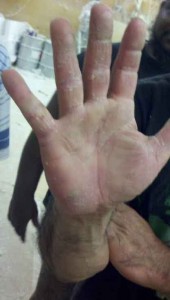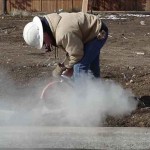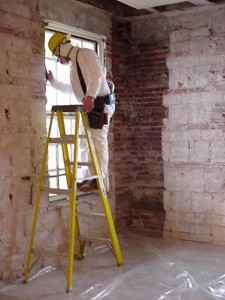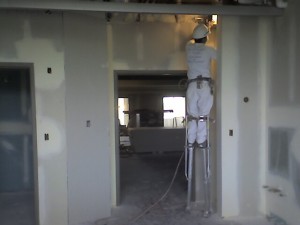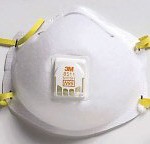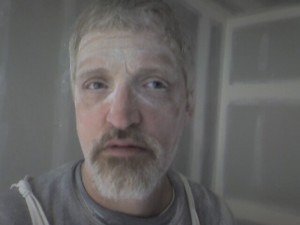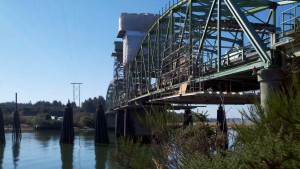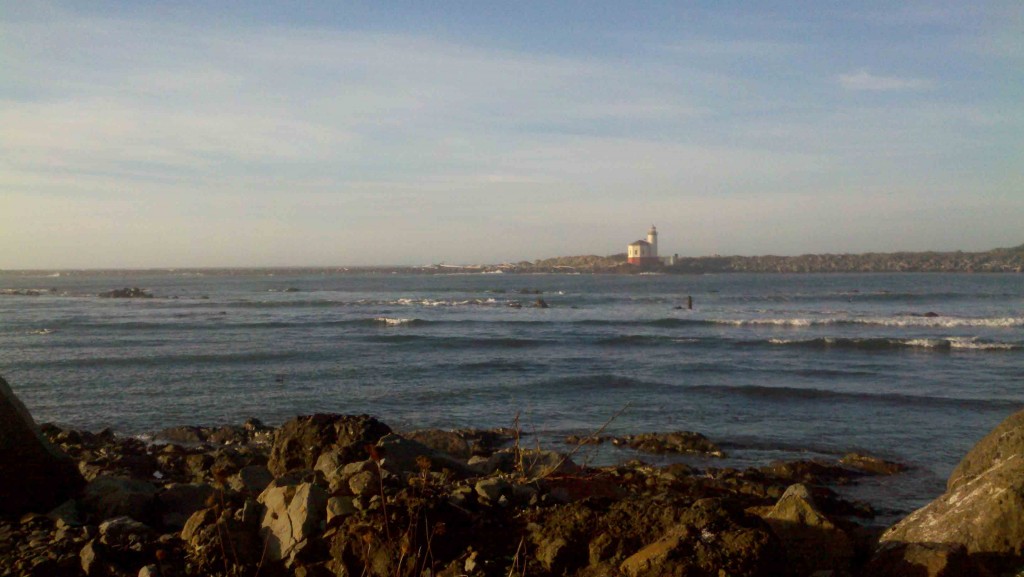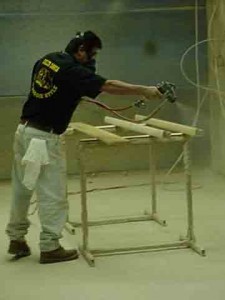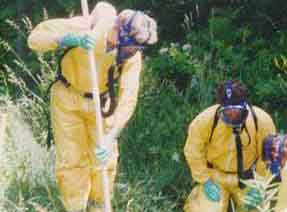Fri 26 Aug 2011
Can we protect construction workers’ hands?
Posted by admin under Admin Controls, Chemical Exposure, Dermal, Gloves, Personal Protective Equip (PPE)
Comments Off on Can we protect construction workers’ hands?
Sometimes it is extremely hard to protect the hands of people in construction. A typical construction worker may need leather gloves all day…until the end of the shift when he uses the solvent to clean his tool. Previous cuts, scrapes and scabs make it easy for chemicals to enter. And, depending on the chemical, it may absorb through the skin, or at least, dry it out.
Below is a employee’s hand who had been working with acetone for years. He badly wanted his hands to feel better.
Here is a link to an excellent article by Donald Groce at EHS Today.
